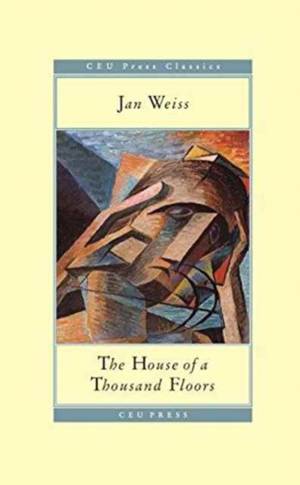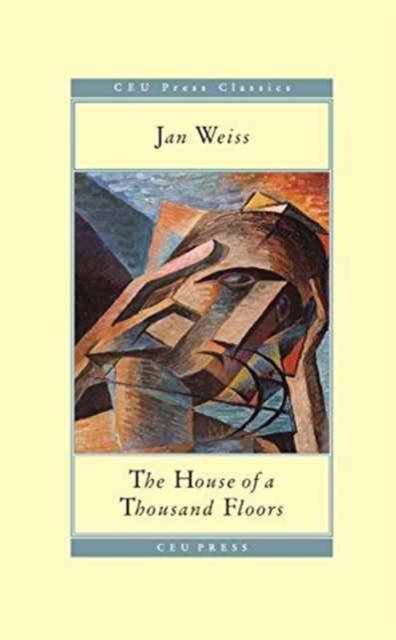
- Afhalen na 1 uur in een winkel met voorraad
- Gratis thuislevering in België vanaf € 30
- Ruim aanbod met 7 miljoen producten
- Afhalen na 1 uur in een winkel met voorraad
- Gratis thuislevering in België vanaf € 30
- Ruim aanbod met 7 miljoen producten
Zoeken
€ 45,45
+ 90 punten
Omschrijving
The House of a Thousand Floors is one of the earliest science-fiction novels in European literature, published first in 1929. Besides being a pioneer in its genre, the book is highly regarded for its general merits as psychological literature. The novel tells the story of a dream in fever of a soldier wounded in World War I. He finds himself in the stairway of a gigantic (and kafkaesque) tower-like building, which is a metaphor for modern society. He learns that his task is to rescue Princess Tamara from Muller, the lord of the edifice. After a number of surrealistic encounters in the building, during which he is hailed as a liberator by many and is hunted by the cruel security guards, the main character finds Tamara and faces the cruel lord of Mullerdom. The novel makes fine use of a range of experimental styles and techniques. At times, linear storytelling gives way to a collage of incongruous elements: excerpts from fictitious books, encyclopedia articles, radio broadcast transcripts are used as a shortcut to describe places or events; other narrative ingredients include fanciful advertisements, ludicrous administrative documents or political slogans which highlight the idiosyncrasies of this decadent world.
Specificaties
Betrokkenen
- Auteur(s):
- Uitgeverij:
Inhoud
- Aantal bladzijden:
- 276
- Taal:
- Engels
- Reeks:
Eigenschappen
- Productcode (EAN):
- 9789633860700
- Verschijningsdatum:
- 15/11/2016
- Uitvoering:
- Paperback
- Formaat:
- Trade paperback (VS)
- Afmetingen:
- 137 mm x 208 mm
- Gewicht:
- 385 g

Alleen bij Standaard Boekhandel
+ 90 punten op je klantenkaart van Standaard Boekhandel
Beoordelingen
We publiceren alleen reviews die voldoen aan de voorwaarden voor reviews. Bekijk onze voorwaarden voor reviews.











